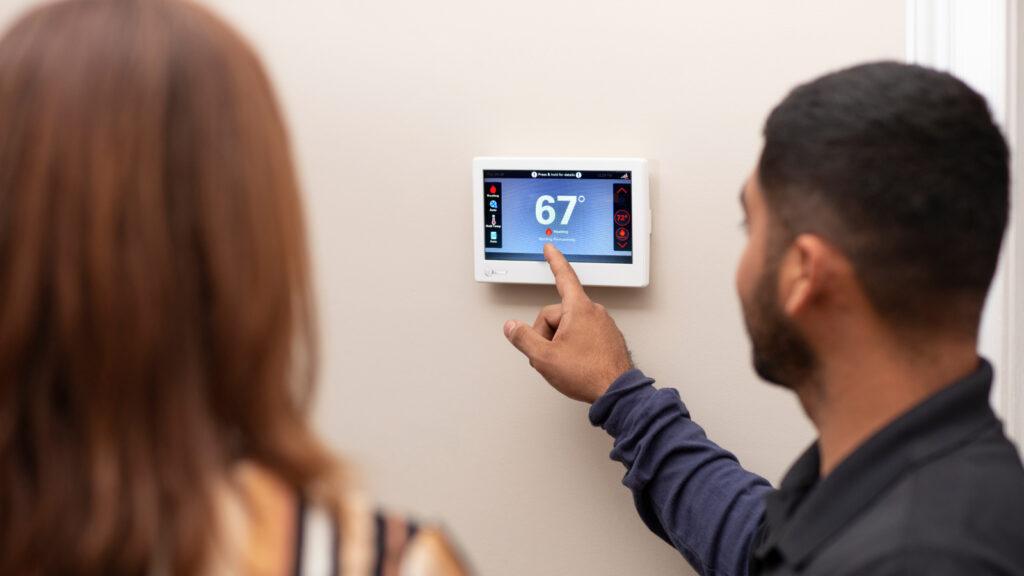Troubleshooting6min read
Help! Why Is My House Hot Upstairs and Cold Downstairs?
Is your second floor hotter than the rest of your house? Here’s how to keep it cooler, especially in the summer.

Is your second floor hotter than the rest of your house? Here’s how to keep it cooler, especially in the summer.

Getting Started Guide
Learn helpful HVAC tips and tricks before you purchase your system.
Warranty & Registration
A healthy HVAC system can last longer and save money. Maintain your system with these tips.
Dealers can answer questions, help you find the right products for your home, and repair your system.
Connect with our Customer Care team about your products, warranties, and dealer concerns.
Available Monday – Friday from 7am to 5pm CST
A phone